Physical Address
304 North Cardinal St.
Dorchester Center, MA 02124
Physical Address
304 North Cardinal St.
Dorchester Center, MA 02124
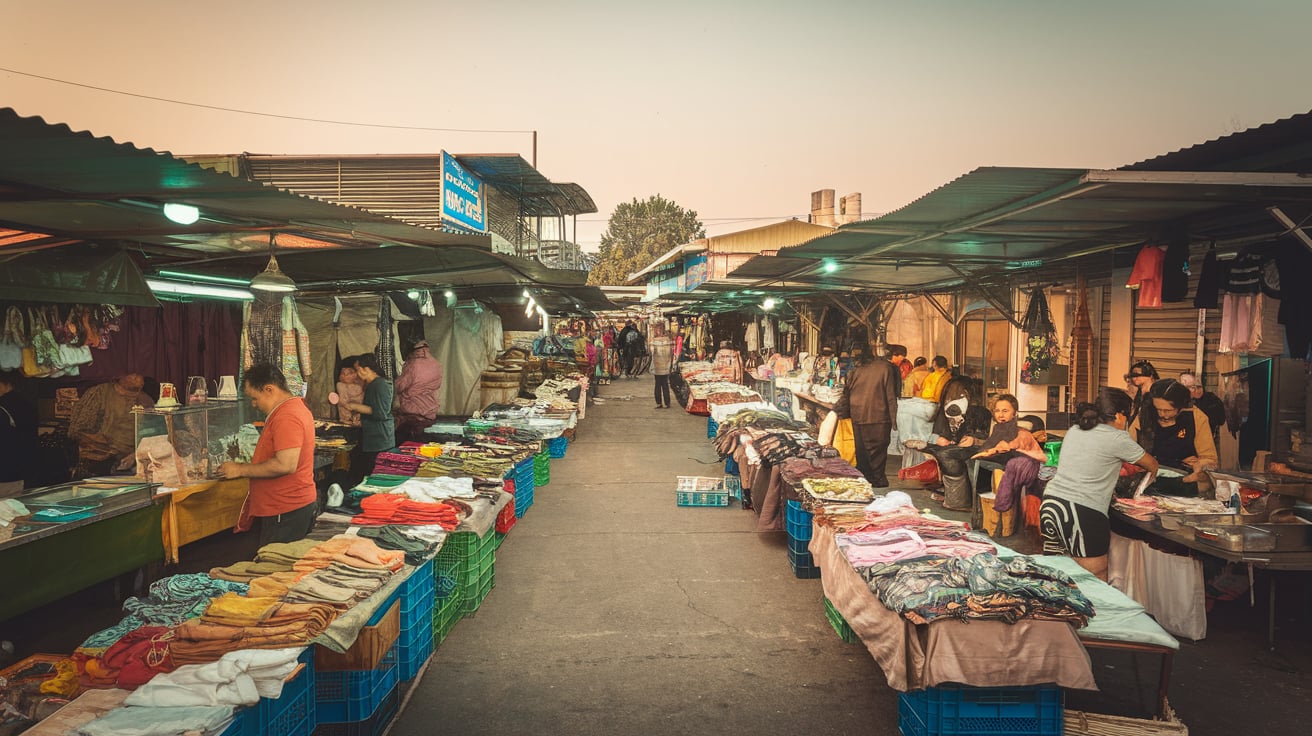

Periodic markets, with their rich history and cultural significance, are found in almost every society across the world. These markets have been central to the economy and social life of countless communities for centuries. Whether in bustling city centers or rural villages, periodic markets act as venues where vendors and customers gather to buy and sell goods, often on specific days of the week, month, or year.
But how do periodic markets differ by culture? This question opens the door to understanding how different cultural, social, economic, and historical factors influence the function and form of these markets. Periodic markets are not only places of commerce but also places of social interaction, cultural exchange, and even religious and spiritual engagement. They reflect the unique identity of the regions in which they operate, making them crucial to both economic livelihoods and cultural preservation.
This article will explore the concept of periodic markets, focusing on their characteristics, historical roles, and cultural differences, all while answering how do periodic markets differ by culture?
At its core, a periodic market is a temporary marketplace that operates at regular intervals. The most common example is the weekly market, which opens on a specific day each week. These markets can also operate monthly, seasonally, or on particular occasions such as religious festivals or national holidays.
Historically, periodic markets have been pivotal in the establishment and development of trade routes. Along the ancient Silk Road, for example, periodic markets served as major points of trade where merchants from different cultures would converge. Goods such as silk, spices, textiles, and precious metals would pass through these markets, and along with them, ideas, religious beliefs, and technologies were exchanged.
In many parts of Africa and the Middle East, markets often developed at crossroads or along river systems, where they could cater to both local traders and foreign merchants. These markets were central to the development of international trade and also facilitated the flow of cultural and religious practices.
In some cultures, periodic markets are closely linked to religious or spiritual observances. For example, in Europe, medieval market days were often tied to religious festivals or feasts. Similarly, in countries like India, many markets are held in conjunction with religious festivals, where people not only buy and sell goods but also participate in religious activities.
In the Islamic world, some markets are structured around the lunar calendar or specific times of the year that hold religious significance. These markets might offer goods that are symbolic of the religious practices of the region, such as prayer rugs, religious texts, and ceremonial clothing.
In regions without permanent commercial infrastructure, periodic markets have historically served as critical economic lifelines. Rural communities, for instance, might not have access to daily markets or shops, and as such, periodic markets become the primary venues where they can buy and sell goods.
In developing countries today, periodic markets continue to provide economic opportunities for small-scale farmers, artisans, and traders who may not have the resources to establish permanent shops. They also promote economic sustainability, especially in remote or impoverished regions where access to urban centers is limited.
So, how do periodic markets differ by culture? The answer lies in the unique combination of cultural practices, economic structures, and historical legacies that shape each market. Let’s break this down into several key factors:
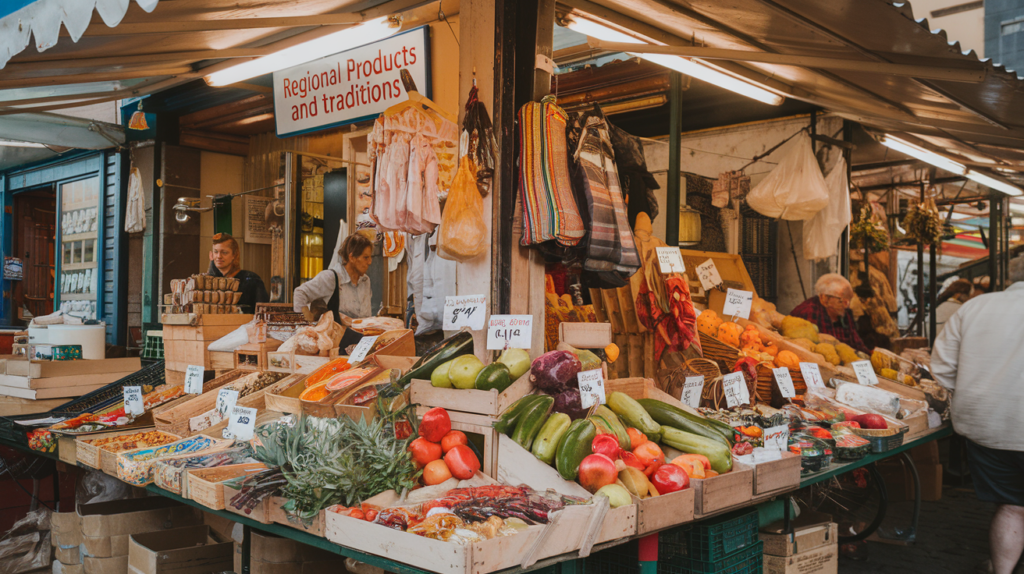
The products sold in periodic markets vary significantly from one culture to another. In many regions, markets offer goods that are closely tied to local traditions, crafts, and agricultural practices. For example:
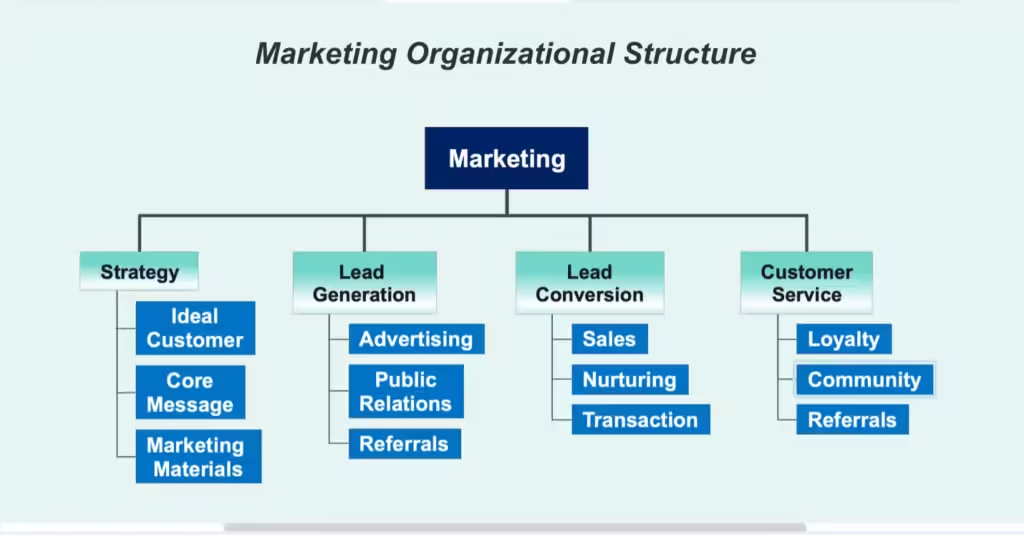
Another way in which periodic markets differ by culture is in their physical layout and organization:
Cultural traditions heavily influence the way periodic markets operate. In some regions, markets are deeply intertwined with cultural or religious observances. For example:
Periodic markets are not just venues for buying and selling goods. They also serve as vital social and cultural hubs that foster community engagement and cultural exchange. Here are several ways in which periodic markets play a role beyond commerce:
One of the most important functions of periodic markets is the preservation of cultural heritage. Many vendors in these markets sell handmade crafts, traditional clothing, and artisanal goods that reflect the unique cultural identity of their region. By supporting these markets, communities help to sustain traditional crafts and ensure that they are passed down to future generations.
In South America, for example, periodic markets often feature weavers and artisans who create traditional Andean textiles using methods that have been practiced for centuries. Similarly, in West Africa, beadwork and pottery are integral to the cultural identity of the region, and periodic markets provide a venue for artisans to sell their work.

Periodic markets are often seen as gathering places where people can socialize, share news, and strengthen social bonds. In rural areas, these markets may be the primary venue where members of the community come together, especially in regions where access to urban centers is limited.
The social importance of these markets cannot be overstated. They provide a space for community members to engage in discussions, share stories, and even engage in political discourse. In some cultures, periodic markets function as de facto town squares, where social and cultural life converges.
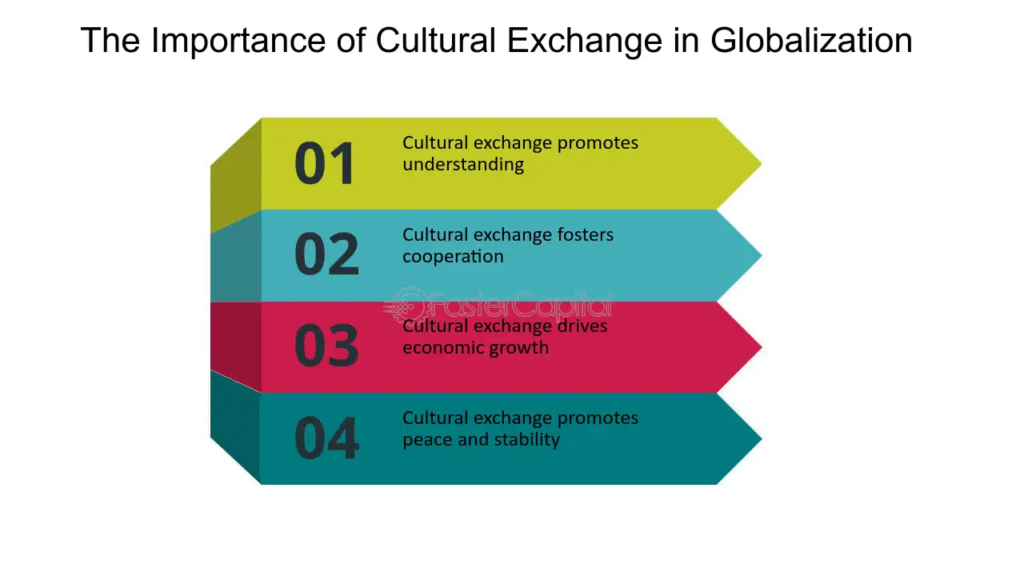
Periodic markets often bring together people from diverse backgrounds, allowing for a rich exchange of cultural practices and ideas. In regions that have historically been connected by trade routes, markets have long served as venues for the exchange of not just goods but also cultural traditions, languages, and religious practices.
In North Africa, for example, periodic markets attract traders from a wide variety of ethnic groups, each of whom brings their own unique cultural products and practices. This diversity makes periodic markets dynamic spaces where cultural exchange is a central feature of the market experience.
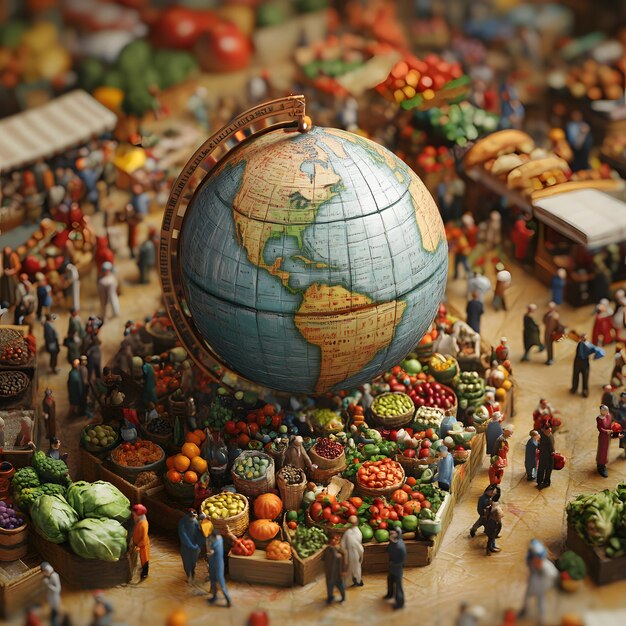
Understanding how periodic markets differ by culture involves examining the various factors that shape these markets across different regions. Here are some key reasons why markets vary from one culture to another:
The geography and environment of a region play a significant role in shaping its markets. In tropical climates, for example, markets may be held outdoors year-round, with fresh fruits and vegetables available throughout the year. In temperate climates, however, markets may be more seasonal, with the availability of products tied to specific growing seasons.
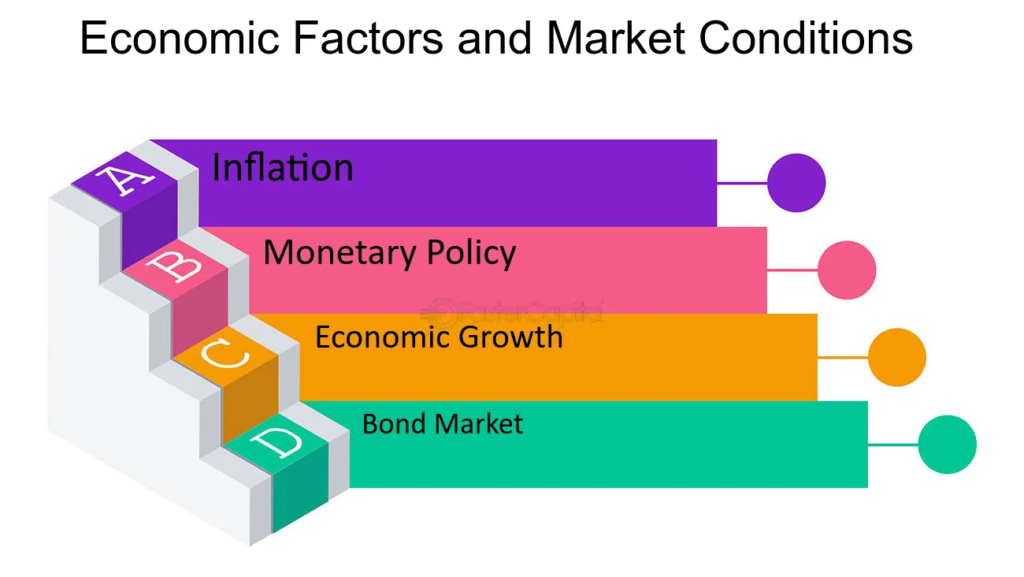
The economic structure of a region also influences how its markets function. In areas with limited access to permanent commercial infrastructure, periodic markets provide an essential venue for small-scale traders and vendors to sell their goods. In wealthier regions, periodic markets may focus more on luxury goods, artisanal products, or specialty items.
Cultural traditions shape everything from the types of goods sold to the way markets are organized. In some cultures, markets are closely tied to religious or cultural observances, while in others, they are more focused on practical, everyday items. The cultural significance of the market influences both the products sold and the way the market is experienced by its participants.
So, how do periodic markets differ by culture? The answer is multifaceted, reflecting the diverse cultural, economic, and historical factors that shape these markets. Periodic markets are deeply embedded in the cultural fabric of the regions they serve, offering a window into the unique social and economic dynamics of each community.
While periodic markets share certain common features, such as their intermittent operation and local focus, they vary widely in terms of the products sold, market organization, and cultural practices that surround them. These markets are not just venues for trade; they are spaces for cultural exchange, social interaction, and the preservation of traditions.
In a world where global commerce increasingly takes place online, periodic markets remain a vital part of local economies and cultural life. They continue to provide opportunities for small-scale traders and artisans while serving as vibrant hubs of social and cultural engagement. As long as communities continue to gather and trade, periodic markets will remain a crucial part of the global landscape.
Q: What defines a periodic market?
A: A periodic market is a temporary market that operates on specific, recurring days, offering goods that reflect local culture and traditions.
Q: Why are periodic markets important?
A: Periodic markets are essential for preserving cultural traditions, supporting local economies, and providing a space for social interaction and cultural exchange.
Q: How do periodic markets differ by culture?
A: Periodic markets differ in terms of the products sold, market layout, cultural significance, and the role they play in community life.
Q: What role do periodic markets play in rural economies?
A: In rural areas, periodic markets provide critical economic opportunities for farmers, artisans, and traders, especially in regions without access to permanent markets.
Q: How are periodic markets influenced by cultural traditions?
A: Cultural traditions shape everything from the types of goods sold to the scheduling of market days and the social and religious practices associated with the market.